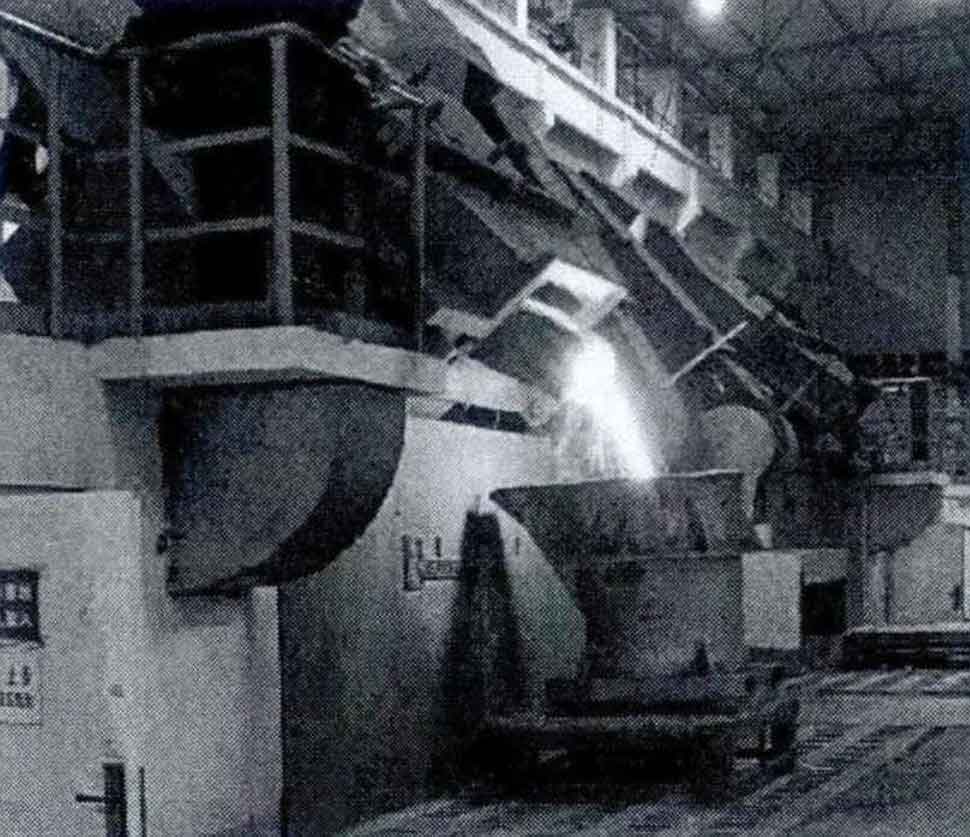Machining grey cast iron, a type of cast iron known for its gray-colored fracture due to graphite flakes, has its unique set of considerations. The presence of graphite within its microstructure significantly affects its machinability, providing some advantages but also presenting certain challenges. This article will explore techniques and best practices for machining grey cast iron.

Advantages of Machining Grey Cast Iron
Grey cast iron is one of the most easily machinable metals due to its unique composition. The graphite flakes act as chip breakers and provide self-lubrication during the machining process. This can lead to reduced tool wear, improved surface finishes, and faster machining speeds.
Techniques for Machining Grey Cast Iron
Machining techniques applicable to grey cast iron are similar to those used for other ferrous materials, including milling, turning, drilling, and grinding. Here are a few pointers for each:
1. Milling: High-speed steel (HSS) or carbide tools can be used. Due to the self-lubricating property of grey cast iron, higher feed rates can be employed without significant tool wear.
2. Turning: Similar to milling, higher feed rates and cutting speeds can be used during turning. HSS and carbide tools are commonly employed.
3. Drilling: When drilling grey cast iron, it’s crucial to regularly remove chips from the hole to prevent excessive tool wear and potential breakage.
4. Grinding: Grey cast iron can be effectively ground using conventional abrasive materials. However, care should be taken to prevent excessive local heating, which could lead to changes in the microstructure.
Best Practices for Machining Grey Cast Iron
While grey cast iron is generally easier to machine than many other metals, some best practices can ensure successful machining operations:
1. Proper Tool Selection: Despite the excellent machinability of grey cast iron, choosing the right tool is still important. Both HSS and carbide tools can be used, but carbide tools often provide better performance and longer tool life for high-volume production.
2. Cooling and Lubrication: Although grey cast iron is self-lubricating, using coolant can still be beneficial, particularly for long machining operations or those with high cutting speeds. Coolants can help to extend tool life and improve the surface finish.
3. Regular Chip Removal: Regularly removing chips, especially during drilling operations, can prevent tool damage and ensure a better finish.
4. Control of Vibration: Despite the high damping capacity of grey cast iron, controlling vibration during machining is still crucial. Excessive vibration can lead to tool wear and a poor surface finish.
In conclusion, grey cast iron’s excellent machinability makes it a popular choice for various components requiring intricate details or high precision. By understanding the characteristics of this material and adhering to best practices, manufacturers can successfully machine grey cast iron for a variety of applications.
